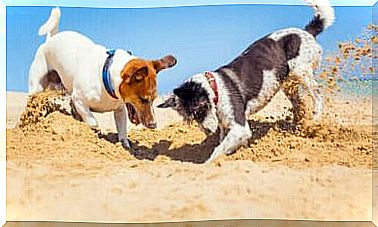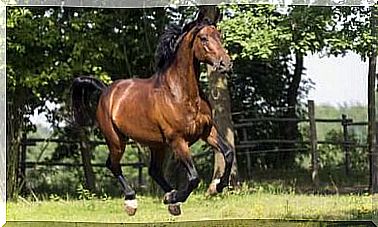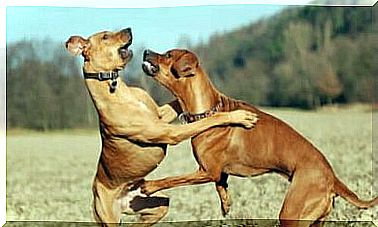What Makes Wolves Different From Dogs?

On many occasions, we explain to you that dogs are descended from wolves. But actually they are very different animals, although sometimes they are similar. Why is it possible to tame a dog but not a wolf? Why does the furry have the lupine hunting instinct?
There are so many questions about this that we decided to answer them in this article. Stay with us and find out!
Dogs and wolves, two very different animals
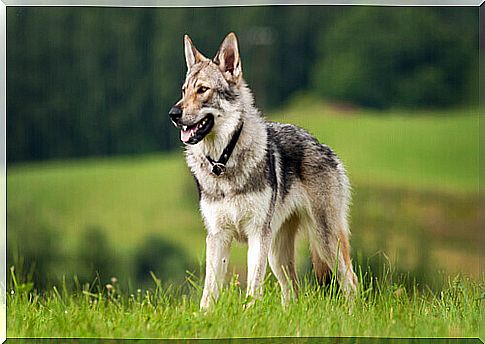
Although apparently different, dogs carry many attitudes from wolves in their genes. For example, your instinct to guard and protect everything that belongs to you.
And although the physical differences are evident, some of their behaviors, such as how they communicate with their kin, were inherited from the wolf genes.
These similarities stand out more in the case of semi-wild dogs, those who spend less time with people. In fact, an animal that remains abandoned for many years and has no relationship with anyone will behave much more like a wolf than a dog.
Why are dogs and wolves different?
Dogs have a great adaptability. Those who are domesticated and raised in a home come to adapt so much to their surroundings that they increasingly move away from their origins, the wolves.
The biggest differences between these animals are:
- Distrust. Wolves, perhaps because of the environment in which they live, are elusive and distrust everything, especially humans.
- Social capabilities. Dogs are just the opposite of their wild relatives and love to be with humans, having developed a close relationship with them since prehistory.
- Your skull. In dogs, it is smaller, although the effects of this trait are not known.
- The teeth. Wolves have sharper teeth, although dogs are capable of breaking bones.
- Your digestion. In tests and examinations, experts have found that dogs are prepared to digest carbohydrate-rich foods, unlike wolves.
Similarities between wolves and dogs
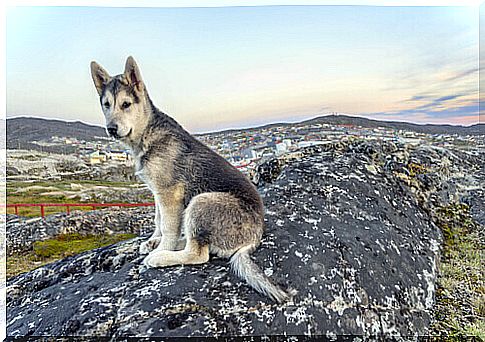
- They are canines. Both howl, bark and growl, although there are some breeds that do not exhibit these behaviors, such as the Siberian Husky.
- Hide the food. Both species do this, hiding what’s left over, although wolves don’t usually leave leftovers.
- Senses of smell, sight and hearing. Both animals have these highly developed senses and can see clearly in the dark.
- Need to be in a group. Both wolves and dogs need to be accompanied, in a herd. It doesn’t matter if they are of the same species or people, they have an innate need to walk in groups.
- Way to communicate with others. Through their body parts, such as ears, tail or eyes, both species are able to communicate with other animals and people.
Also, there are some breeds, like the German Shepherd, that are very similar physically to wolves.
Many wonder how wolves evolved into dogs. The surest hypothesis is that, at some point in history, man tried to tame wolves to use them as guardians and shepherds.
Then came the dog, or perhaps a miniature wolf, the result of some unknown breeding, which began to live with people until it came to have the intimate relationship we know today. A dog is another member of the family and helps as a protector in the home, something you can’t get with a wolf…

